Unlocking the Power of Halasana (Plow Pose): A Comprehensive Guide to Steps, Benefits, Precautions, and Adaptations
Soham Yoga School Rishikesh, India
Halasana (Plow Pose): Mastering the Steps, Benefits, Contraindications, and Modifications for a Healthier Practice
Introduction
Halasana, or the Plow Pose, is a classic yoga posture known for its profound impact on both the body and mind. Named after the traditional plow used in Indian farming, this pose symbolizes the transformative power of yoga, helping practitioners cultivate inner strength, flexibility, and peace. In this blog, we’ll explore the steps to practice Halasana, its benefits, contraindications, and modifications to ensure a safe and healthy practice.
Halasana (Plow Pose): A Step-by-Step Guide
How to Practice Halasana (Plow Pose) Safely
Preparation for Halasana (Plow Pose):
- Begin by lying flat on your back on a yoga mat. Keep your arms by your sides, palms facing down. Ensure your legs are together, with toes pointed towards the ceiling.
Raising the Legs in Halasana (Plow Pose):
- Inhale deeply and, with a smooth motion, lift your legs off the floor, bringing them to a 90-degree angle with your torso. Your lower back should remain on the mat at this stage.
Lifting the Hips into Halasana (Plow Pose):
- Exhale and engage your core muscles to lift your hips off the mat, guiding your legs over your head. Support your lower back with your hands if needed.
Entering the Full Halasana (Plow Pose):
- Continue to lower your legs until your toes touch the floor behind your head. Your back should be perpendicular to the floor, and your chest should move closer to your chin.
Final Position in Halasana (Plow Pose):
- Hold the pose for 15-30 seconds, breathing deeply and steadily. For a more advanced practice, extend your arms on the mat, interlacing your fingers, and press your palms into the floor.
Releasing Halasana (Plow Pose):
- To exit Halasana, gently lift your legs back over your head, slowly lowering your spine back onto the mat, vertebra by vertebra. Finally, rest in Savasana for a few moments.
The Benefits of Halasana (Plow Pose) for Health
Spinal Health Benefits of Halasana: Halasana stretches the entire spine, improving its flexibility and releasing tension in the vertebrae. It also helps alleviate back pain and stiffness.
Digestive Health Benefits of Halasana: This pose stimulates the abdominal organs, improving digestion and relieving constipation. It also massages the thyroid gland, balancing hormone production.
Mental Health Benefits of Halasana (Plow Pose): The chin lock (Jalandhara Bandha) in Halasana helps calm the nervous system, reducing stress and anxiety. It also enhances concentration and mental clarity.
Circulatory Benefits of Halasana (Plow Pose): By reversing the blood flow in the body, Halasana improves circulation, especially in the upper body, which can be beneficial for those with varicose veins or swollen legs.
Contraindications: Who Should Avoid Halasana (Plow Pose)?
While Halasana offers numerous benefits, it’s important to practice this pose with caution, especially if you have any of the following conditions:
Neck Injuries and Halasana (Plow Pose): Due to the significant pressure placed on the neck in Halasana, individuals with neck injuries or cervical spondylosis should avoid this pose.
Back Problems and Halasana (Plow Pose): If you have a herniated disc or severe lower back pain, Halasana may exacerbate these conditions. Consult with a healthcare provider before attempting this pose.
Heart Conditions and Halasana (Plow Pose): Those with heart issues, high blood pressure, or a history of stroke should refrain from practicing Halasana as it may increase cardiovascular strain.
Pregnancy and Halasana (Plow Pose): Halasana is not recommended during pregnancy due to the intense abdominal pressure it creates.
Modifications for Halasana (Plow Pose) to Ensure Safety
Use of Props in Halasana (Plow Pose): If your toes don’t reach the floor, place a bolster or blocks under your feet for support. This reduces strain on the back and neck.
Neck Support in Halasana (Plow Pose): Place a folded blanket under your shoulders to ease pressure on the neck and create more space for the cervical spine.
Beginner’s Halasana: The Half Plow Pose: Beginners can practice Ardha Halasana (Half Plow Pose) by lifting their legs to a 90-degree angle without lowering them over the head. This helps build strength and flexibility gradually.
Assisted Practice for Halasana (Plow Pose): If you’re new to Halasana, consider practicing with the guidance of a yoga instructor to ensure proper alignment and technique.
Conclusion: Integrating Halasana (Plow Pose) into Your Yoga Practice
Halasana is a powerful yoga posture that offers a wide range of physical and mental benefits. However, it’s essential to approach this pose with mindfulness and respect for your body’s limits. By following the proper steps, being aware of contraindications, and making necessary modifications, you can safely incorporate Halasana into your yoga practice, reaping its full benefits for a healthier body and mind.
Explore Our Range of Upcoming Yoga Training Courses Rishikesh
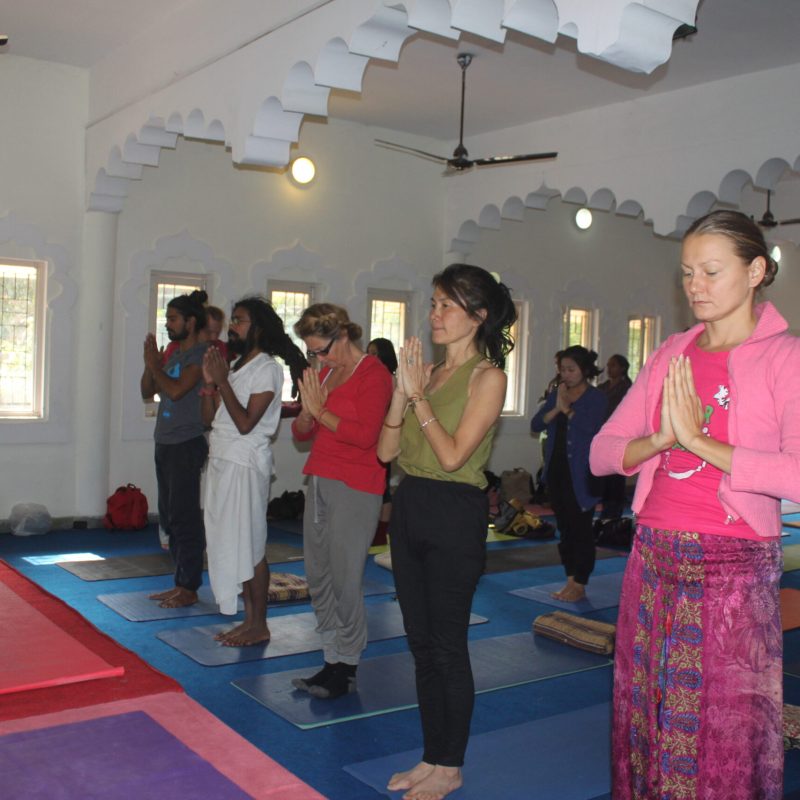
100 Hour Yoga Teacher Training in Rishikesh (India)
Duration: 14 Days
Module: Residential with Meal
Accommodation: Shared Room
Certification: Yoga Alliance USA
Course Fee: 699 USD
Yoga Style: Hatha Yoga
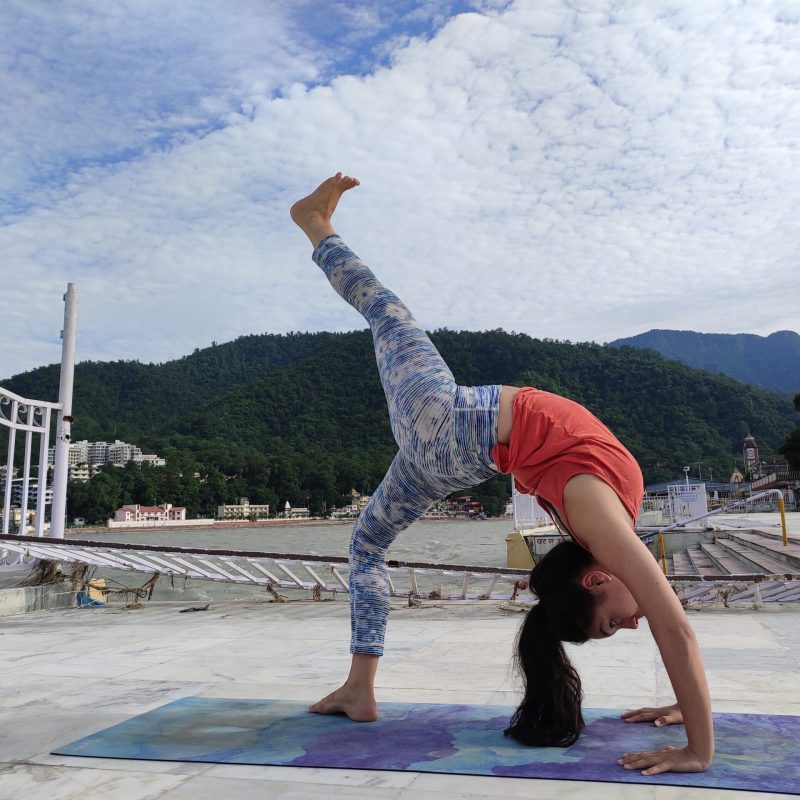
200 Hour Yoga Teacher Training in Rishikesh (India)
Duration: 25 Days
Module: Residential with Meal
Accommodation: Shared Room
Certification: Yoga Alliance USA
Course Fee: 999 USD
Yoga Style: Hatha Yoga
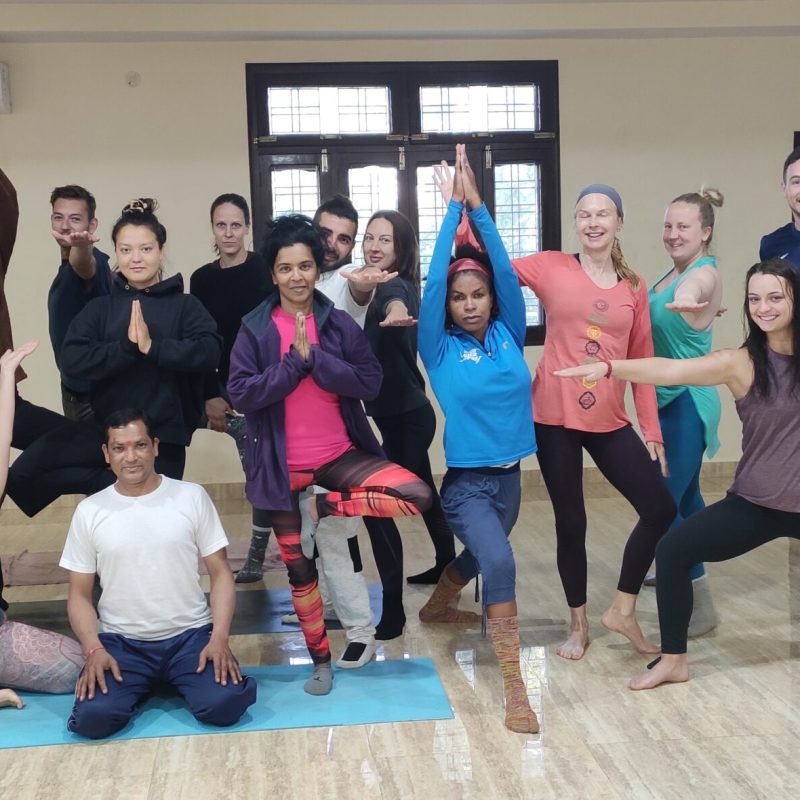
300 Hour Yoga Teacher Training in Rishikesh (India)
Duration: 28 Days
Module: Residential with Meal
Accommodation: Shared Room
Certification: Yoga Alliance USA
Course Fee: 1349 USD
Yoga Style: Hatha Yoga
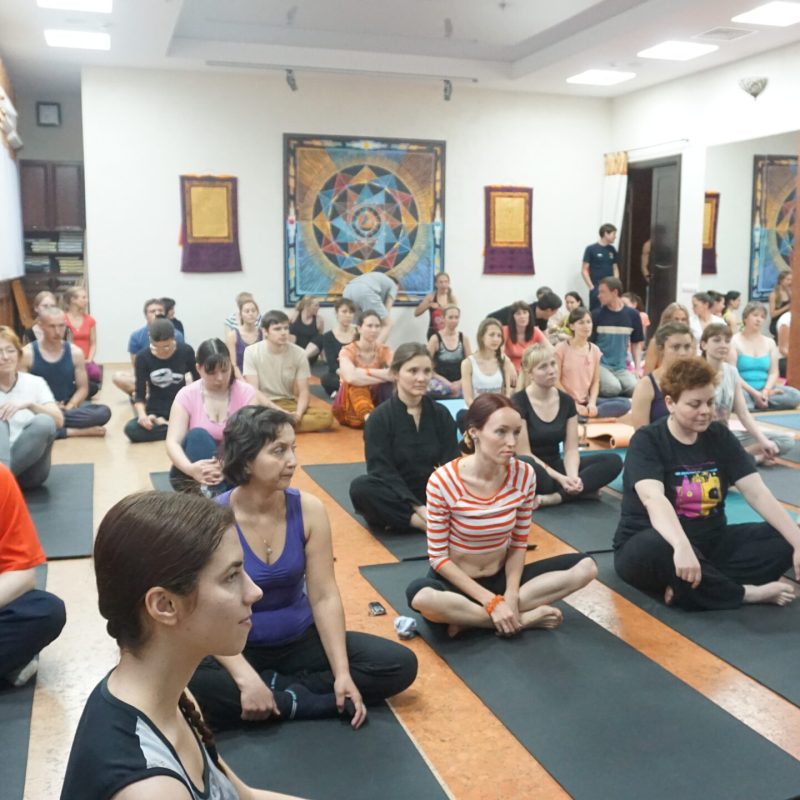
500 Hour Yoga Teacher Training in Rishikesh (India)
Duration: 55 Days
Module: Residential with Meal
Accommodation: Shared Room
Certification: Yoga Alliance USA
Course Fee: 2699 USD
Yoga Style: Hatha Yoga
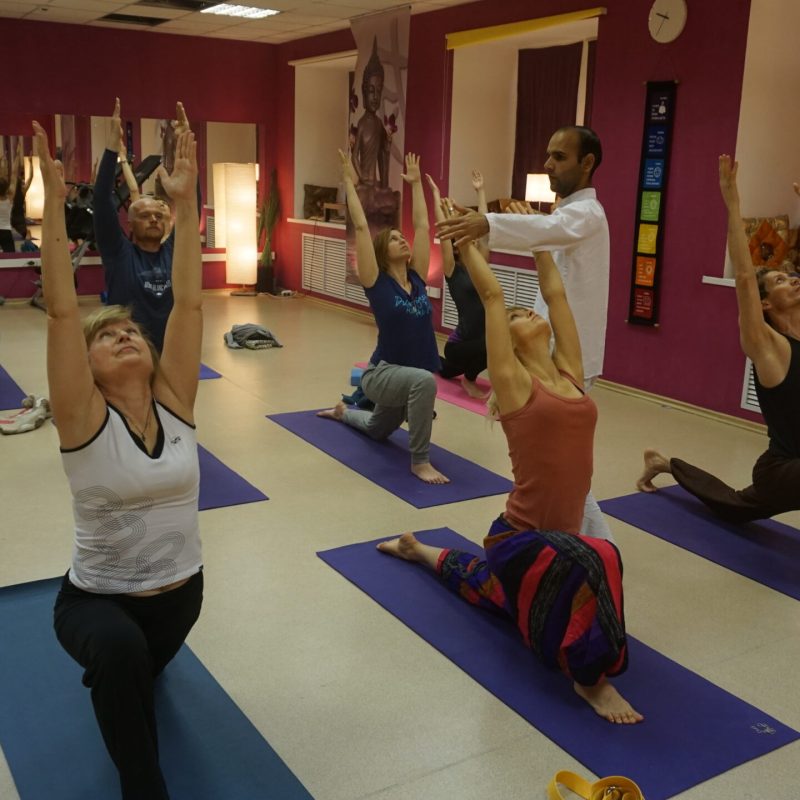
07 Days Yoga Retreats in Rishikesh (India)
Duration: 07 Days
Module: Residential with Meal
Accommodation: Shared Room
Certification: Yoga School
Course Fee: 499 USD
Style: Yoga Retreats

10 Days Yoga Retreats in Rishikesh (India)
Duration: 10 Days
Module: Residential with Meal
Accommodation: Shared Room
Certification: Yoga School
Course Fee: 649 USD
Style: Yoga Retreats
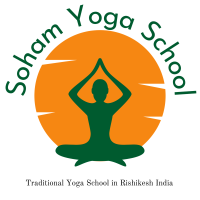
Nestled in Rishikesh, Soham Yoga School offers Yoga Alliance certified teacher training programs in Hatha and Ashtanga yoga styles. Emphasizing meditation, pranayama, “and” yoga philosophy, each course—from “100” to “500” hours—promises deep learning “and” personal growth. With comfortable accommodation “and” nutritious meals, graduates gain internationally recognized certifications “and” profound yoga knowledge.
